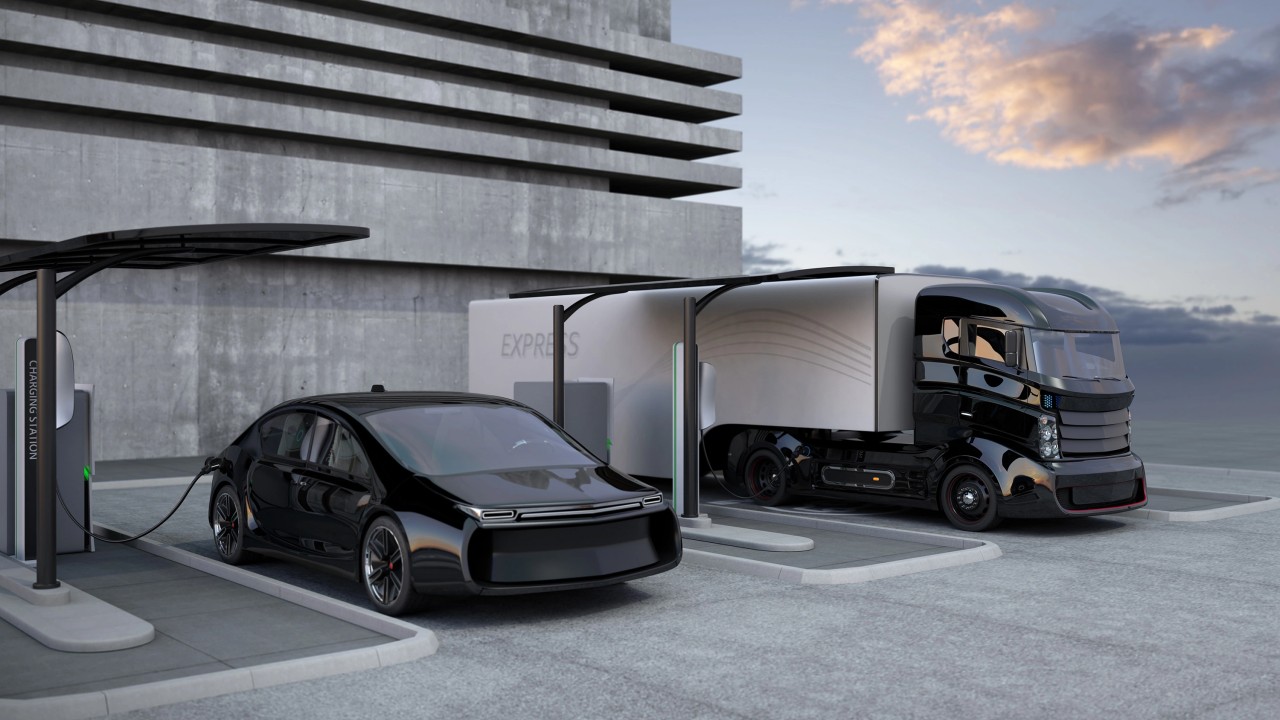Pūrongo Pūrongo hiko
The Future of Commercial Transportation: Electric Trucks on the Rise
In a world where sustainability and environmental consciousness are at the forefront, te commercial transportation industry is undergoing a significant transformation. The rise of taraka hikos is revolutionizing the way goods are transported, offering a cleaner and more sustainable alternative to traditional diesel-powered vehicles. As the demand for eco-friendly solutions grows, taraka hikos are poised to shape the future of commercial transportation. I roto i tenei tuhinga, we will explore the benefits and advancements of taraka hikos and their impact on the industry.

- Environmental Advantages: Taraka hikos offer a substantial reduction in greenhouse gas emissions compared to their Ko nga Kaihauturu Diesel. By relying on electricity as their primary source of power, they eliminate tailpipe emissions and contribute to cleaner air quality. This shift to electric transportation aligns with global efforts to mitigate Huringa huarere and reduce the carbon footprint of commercial activities.

- Te kaha o te kaha: Electric trucks are known for their Te kaha o te kaha. Unlike internal combustion engines, which are less efficient in converting fuel to propulsion, taraka hikos utilize electric motors that deliver instant torque and higher efficiency. This translates into improved fuel economy, reduced energy waste, and ultimately, lower operational costs for businesses.
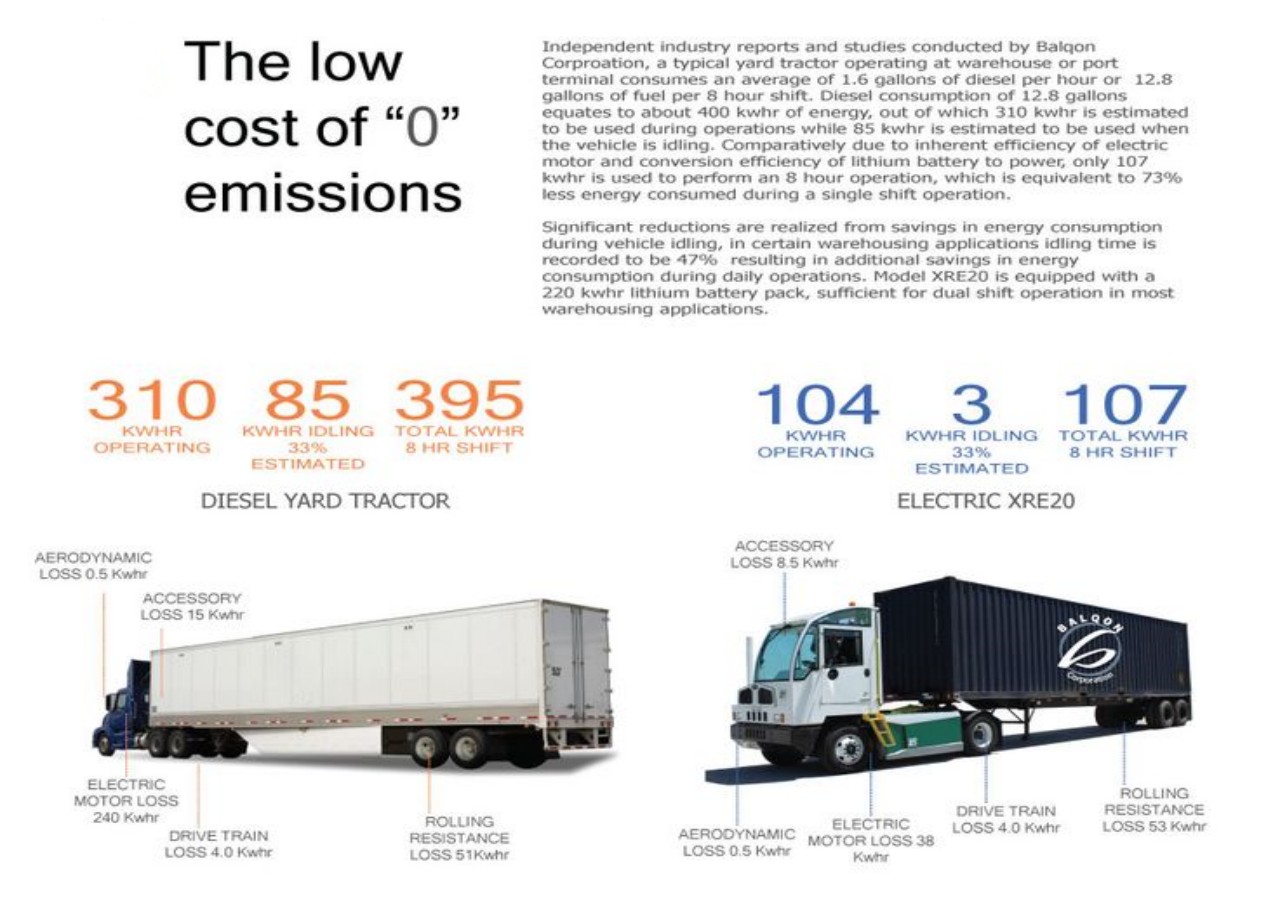
- Nga penapena utu: Inā taraka hikos may have a higher upfront cost, they offer long-term savings in terms of fuel and maintenance expenses. Electricity is generally cheaper than diesel fuel, resulting in significant cost reductions over time. Anō hoki atu, taraka hikos he iti ake nga waahanga neke me te nui o te tiaki, resulting in lower maintenance and repair costs. As technology advances and economies of scale are realized, the cost of electric trucks is expected to decrease further, making them more accessible to businesses of all sizes.

- Te whakaheke haruru: One of the often-overlooked benefits of taraka hikos is their noise reduction. Motuka hikos operate quietly, reducing noise pollution significantly during transportation operations. This feature is particularly beneficial in urban areas where noise regulations are stringent. Taraka hikos allow for quieter deliveries and contribute to a more peaceful and harmonious environment for communities.

- Government Incentives and Regulations: Governments around the world are actively promoting the adoption of electric vehicles, whai wāhi taraka hikos, through various incentives and regulations. These initiatives include tax credits, Nga Karaati, subsidies, and exemptions from tolls or congestion charges. By taking advantage of these incentives, businesses can further offset the initial investment and accelerate the transition to electric fleets.
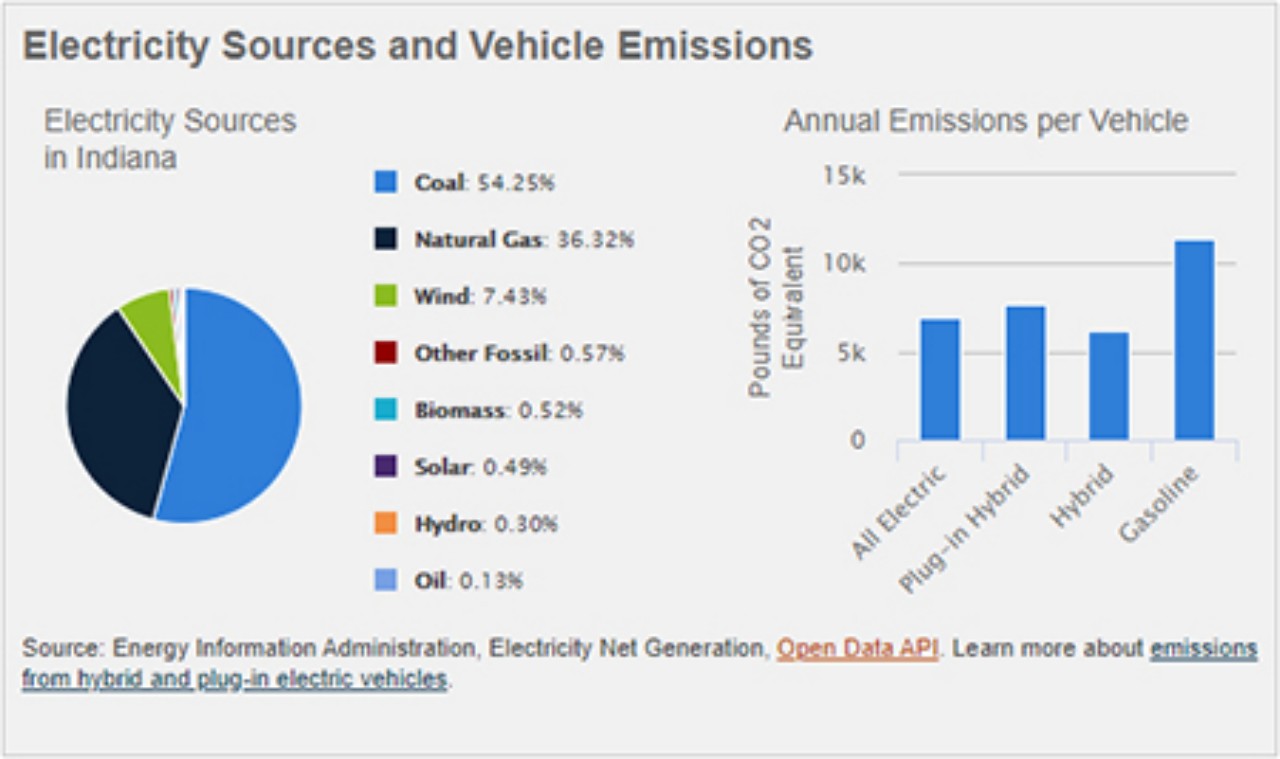
- Advancements in Battery Technology: The success of taraka hikos relies heavily on Te ahunga whakamua i roto i te hangarau hiko. With ongoing research and development, battery capacities are increasing, leading to longer driving ranges and improved charging infrastructure. Rapid charging stations are being deployed along major transportation routes, reducing charging times and enabling taraka hikos to cover longer distances without compromising efficiency.
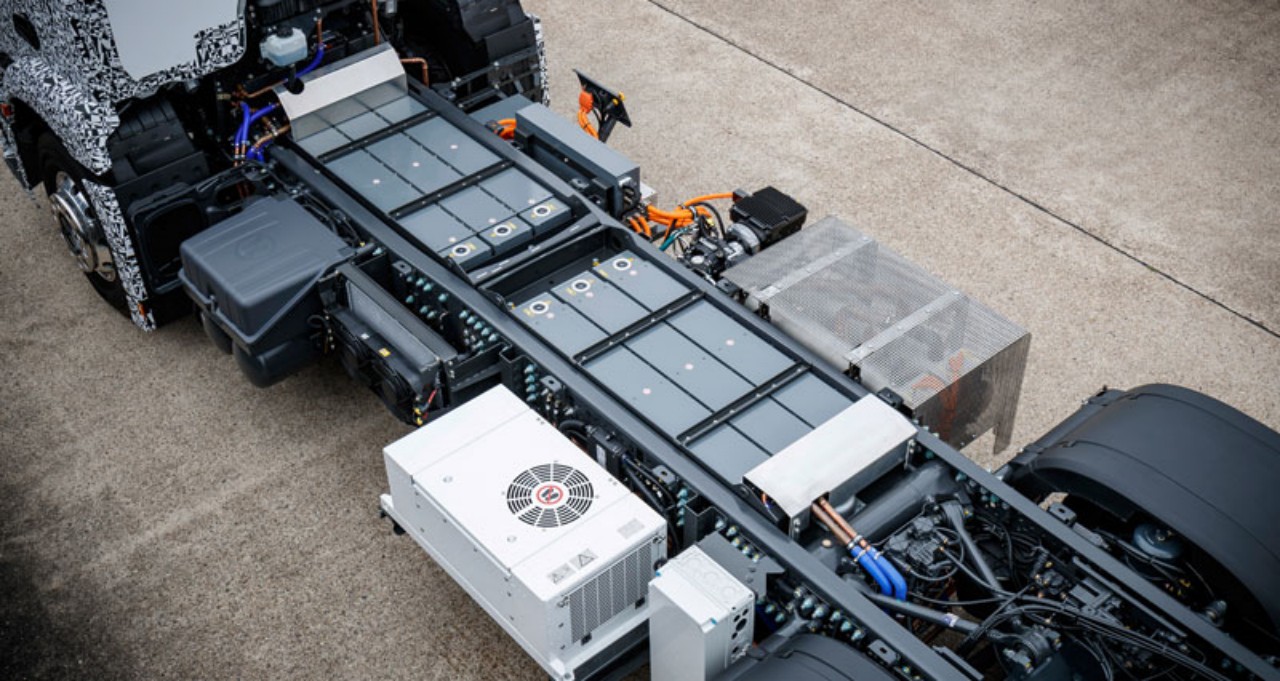
- Fleet Management and Telematics: Tuhinga o mua taraka hikos with advanced fleet management systemTuhinga o mua telematics technology offers businesses greater control and optimization of their transportation operations. Real-time monitoring of battery levels, charging status, me route planning ensure efficient use of resources and minimize downtime. Telematics systems also provide valuable data on driver behavior, Te mahi a te waka, me te kohi pūngao, enabling businesses to make informed decisions to optimize fleet efficiency.
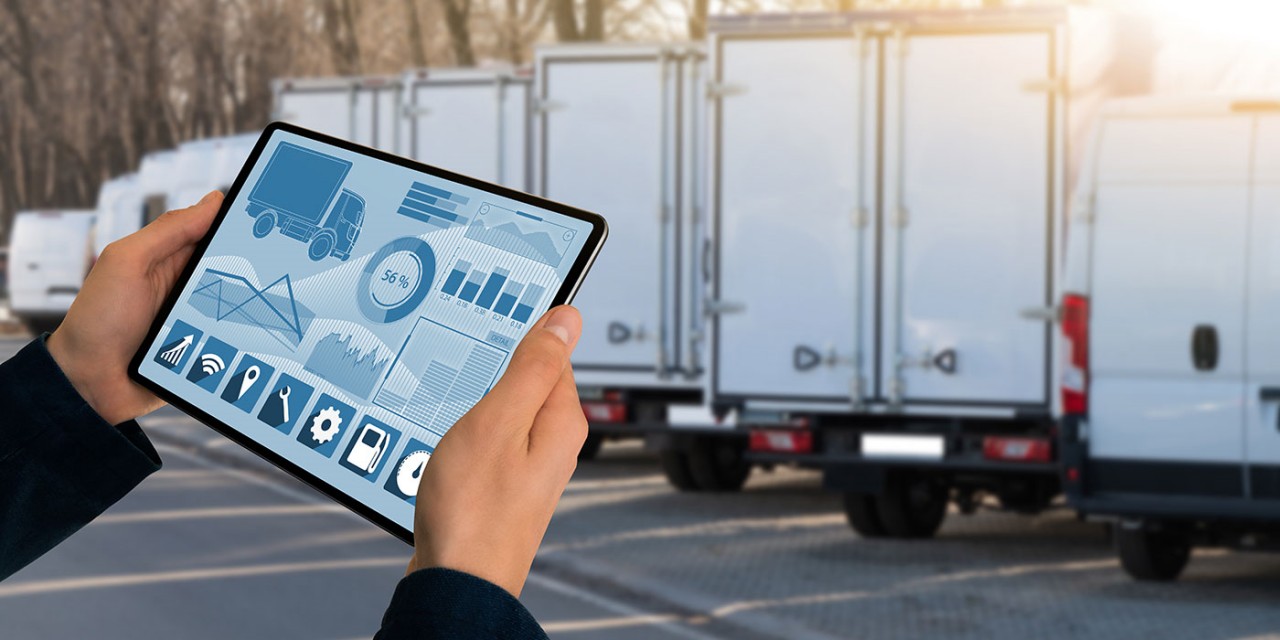
- Collaboration and Industry Partnerships: To accelerate the adoption of taraka hikos, collaborations and partnerships between truck manufacturers, technology companies, and energy providers are crucial. These partnerships foster innovation, drive infrastructure development, and create a supportive ecosystem for electric truck adoption. Joint efforts in research, development, and investment are key to overcoming challenges and unlocking the full potential of taraka hikos in the commercial transportation sector.
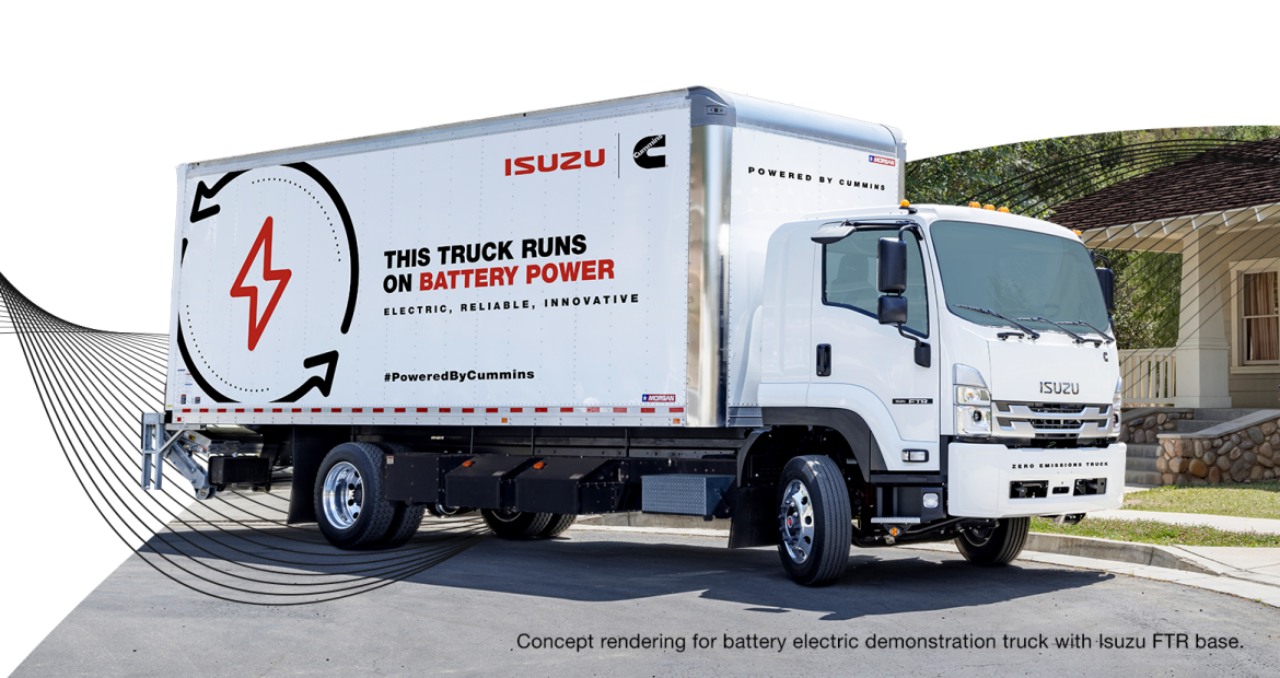
- Expansion of Charging Infrastructure: As the adoption of taraka hiko grows, the need for a robust charging infrastructure becomes increasingly important. To support the widespread use of taraka hikos, governments, and private entities are investing in the expansion of charging stations across highways, transportation hubs, and logistics centers. This infrastructure development ensures that taraka hiko operators have convenient access to charging facilities, enabling them to cover long distances and operate seamlessly.
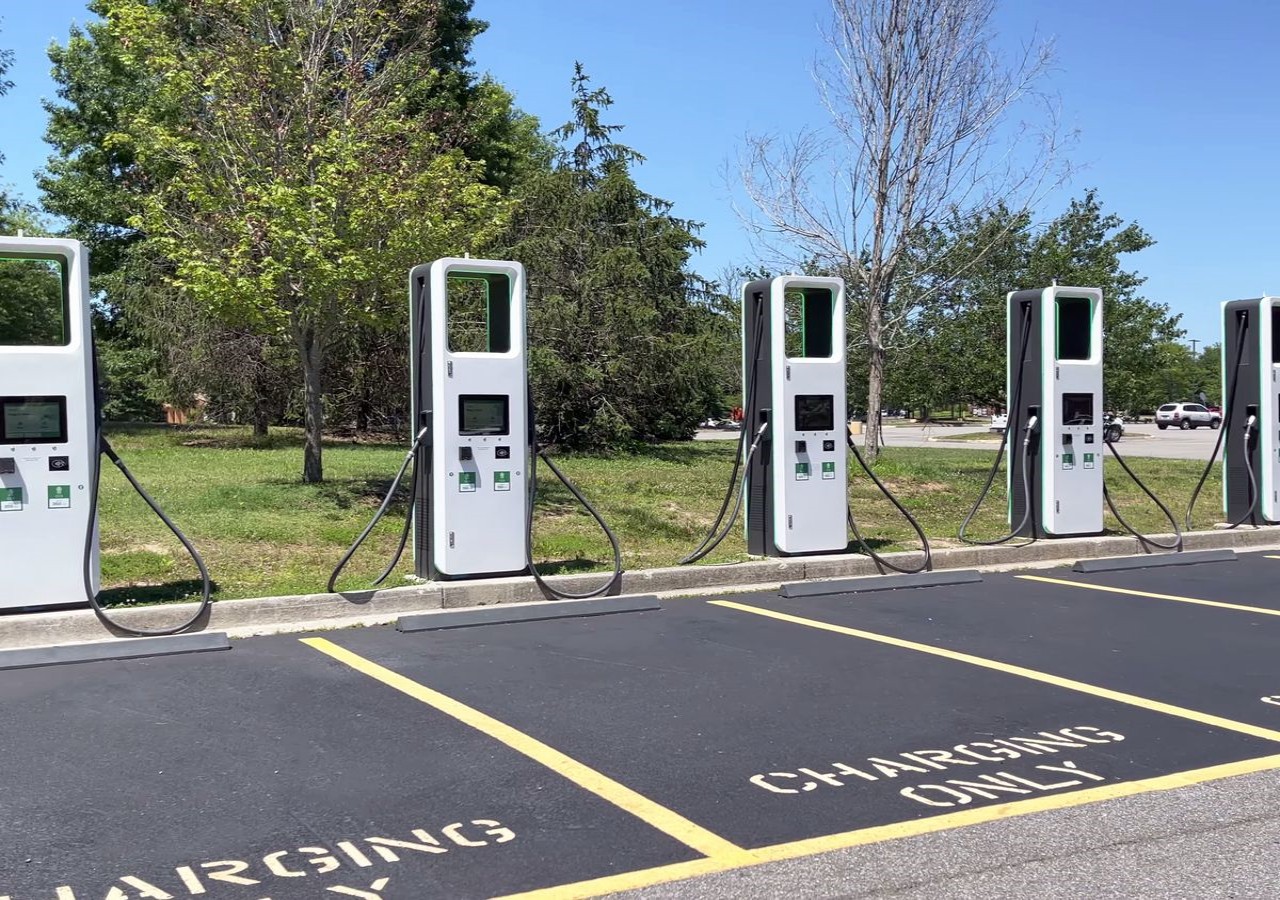
- Integration of Renewable Energy Sources: Tuhinga o mua renewable energy sources, penei i solar and wind power, further enhances the sustainability of taraka hikos. By coupling taraka hiko charging stations with renewable energy generation, the reliance on fossil fuels for electricity production is reduced. This combination of clean energy sources and electric transportation creates a truly eco-friendly supply chain, minimizing the carbon footprint of commercial transportation.

- Technological Innovations: Tuhinga o mua taraka hikos is also driven by ongoing technological innovations. Companies are continually Te whakapai ake i te hangarau pākahiko, increasing energy storage capacity, and reducing charging times. Tīmata, advancements in autonomous driving technologies and connectivity enhance the efficiency and safety of taraka hiko operations. These innovations pave the way for more intelligent and streamlined transportation networks, optimizing routes, and minimizing energy consumption.
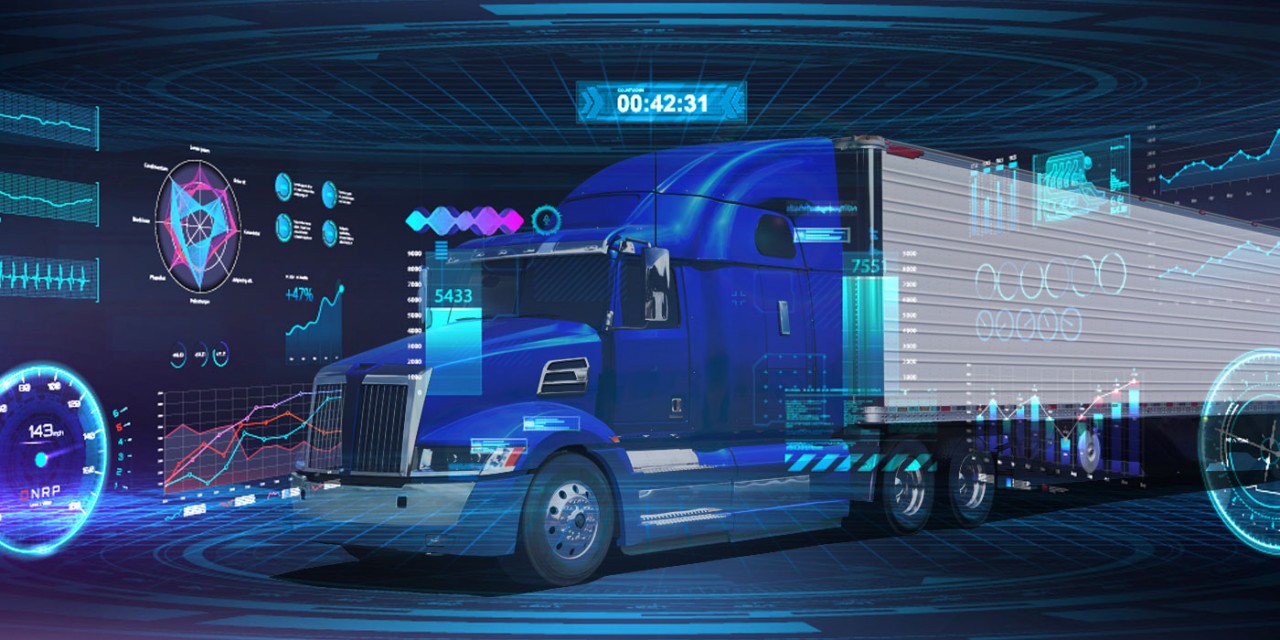
- Public Perception and Brand Image: As sustainability becomes a top priority for consumers, businesses that embrace taraka hiko demonstrate their commitment to Nga kawenga a te taiao. Adopting electric vehicles aligns with consumers’ values and expectations, contributing to a positive brand image and enhancing customer loyalty. Companies that lead the way in taraka hiko adoption position themselves as pioneers in sustainable transportation, gaining a competitive edge in the market.

- Awe o te ao: Tuhinga o mua taraka hikos has far-reaching global implications. The reduction in greenhouse gas emissions me Te aukati hau leads to improved public health and a cleaner environment. Tāpiritanga, the decreased dependence on fossil fuels for transportation reduces the geopolitical and economic vulnerabilities associated with oil production and supply. Taraka hikos play a vital role in transitioning to a low-carbon economy and achieving international sustainability goals.
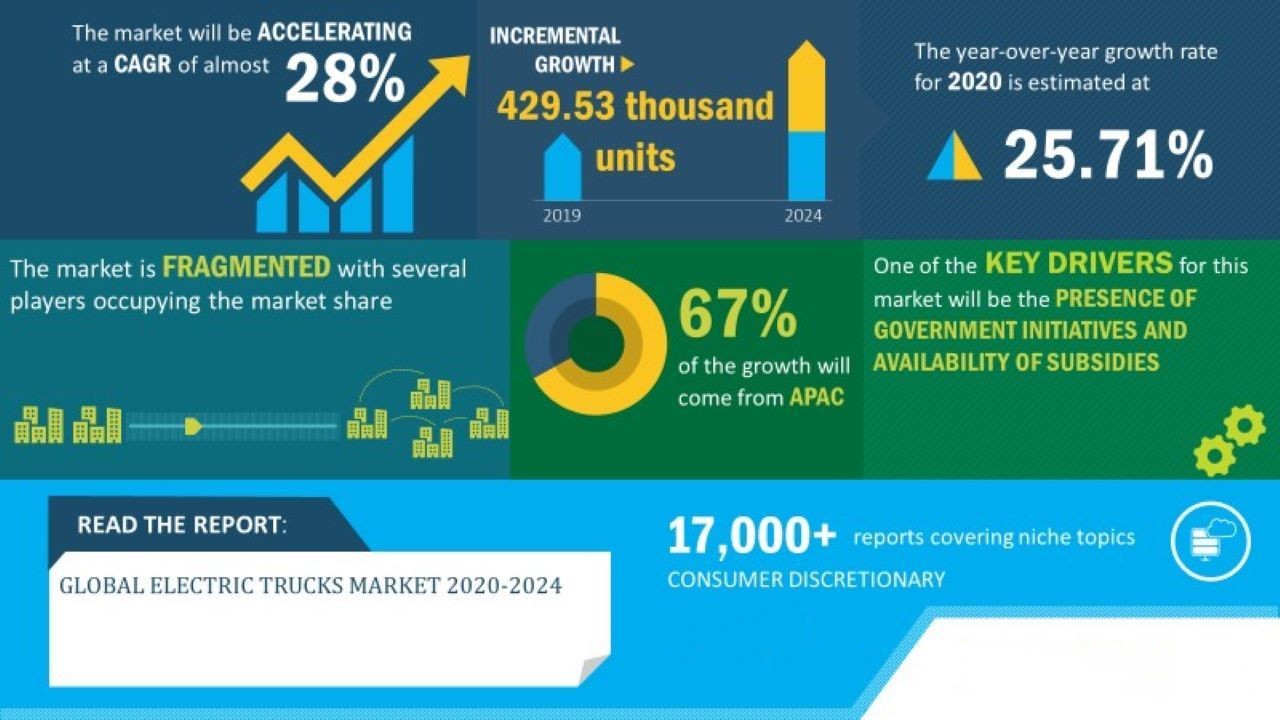
- Regulatory Changes: To accelerate the transition to taraka hikos, governments are implementing regulatory changes to incentivize and encourage their adoption. This includes stricter emission standards, carbon pricing mechanisms, and mandates for zero-emission vehicle procurement. These regulatory shifts create a favorable environment for businesses to invest in electric truck fleets, providing long-term benefits in terms of compliance, reputation, and operational efficiency.

Hei mutunga, the future of commercial transportation lies in the widespread adoption of taraka hikos. With their environmental advantages, Te kaha o te kaha, Nga penapena utu, Te whakaheke haruru, government incentives, Te ahunga whakamua i roto i te hangarau hiko, fleet management integration, and collaborative industry efforts, taraka hikos are poised to transform the way goods are transported. As businesses recognize the benefits and embrace the transition to electric fleets, they not only contribute to a greener planet but also position themselves as leaders in sustainable transportation practices. The era of taraka hikos is upon us, revolutionizing the commercial transportation industry and shaping a more sustainable future for all.
